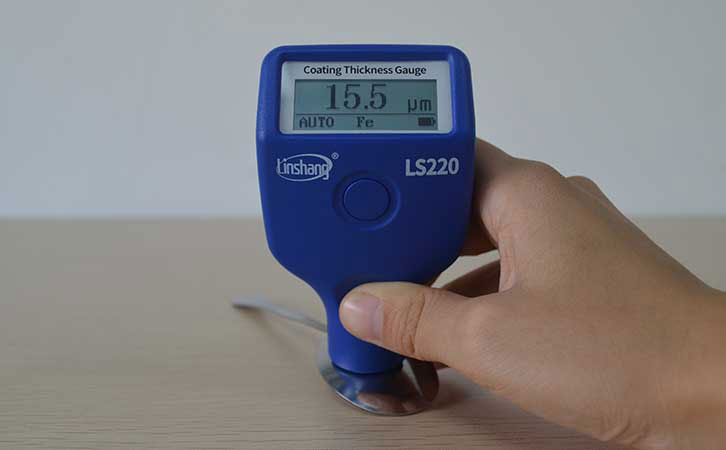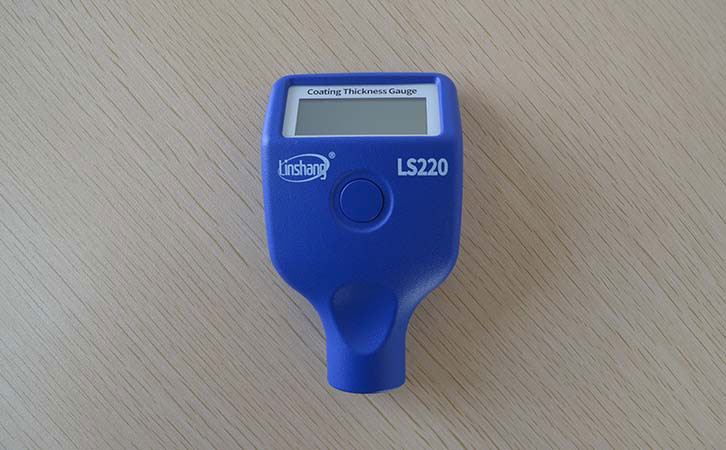Classification of Hardware Coatings | Coating Thickness Gauge
Hardware refers to tools obtained by processing metals such as gold, silver,copper, iron,tin, etc. These tools are mainly used to decorate,fix things and process things. Hardware is widely used in life.For example, bathroom,key, kitchen utensils,decorations, etc.
1.What kinds of coatings are there for hardware?
(1) Classified by electrochemical properties
a. Anodized coating
Iron plating with cadmium in the marine environment and tin plating in an organic acid environment are all anodized. Simply put, the plating of the potential of the metal-plated metal is more commonly referred to as the anodic coating than the potential of the base metal. For metal anodized coatings, the coating thickness has a decisive influence on the protective ability. Therefore, the anodic coating is usually detected by the coating thickness gauge.
b. Cathodes coating
The plating of the plating metal with respect to the potential of the base metal is called a cathodic plating. For example, stainless steel is coated with copper, nickel,chrome, gold, silver and the like.The cathodic coating protects the metal only when the surface is intact. It is characterized by a certain thickness of the coating and the thickness is measured by a coating thickness gauge. Otherwise, once the coating forms a corrosive micro battery, the base metal as the anode is first etched from the outside. Not only does it not protect the metal matrix, it also speeds up the corrosion.
(2) Classified by purpose
a. Protective coating
A coating that prevents corrosion of the metal matrix in the atmosphere or the environment is called a protective coating.For example, metals such as galvanized, cadmium and tin are used.This type of coating accounts for approximately 50% of the plating. In particular,galvanized and tin-plated layers are most common in life. Some small spoons in life use a galvanized layer.This kind of coating not only has strong rust resistance,but also produces corrosion compounds that are harmless to the human body.
b. Repair coating
A coating that locally or collectively thickens locally worn hardware is referred to as a restorative coating.For example, large shafts, gears, etc.on trains,automobiles, petrochemicals, etc.can be electroplated and repaired. The characteristic is that the coating must reach a certain thickness standard.Otherwise the service life will be shorten.
c. Functional coating
Functional coatings include abrasion and friction reducing coatings, high temperature oxidation resistant coatings, magnetic coatings, solder able coatings.
(3) Classified by the combination of plating
a. Simple structure
A single layer structure refers to a structure that satisfies the requirements for metal use, also referred to as single metal plating.
b. Multi-layer composite structure
The multi-layer coating may be composed of different metal plating layers, such as a copper/nickel/chromium three-layer structure; or may be composed of the same metal, such as high corrosion-resistant double-layer nickel and three-layer nickel.
c. Composite coating
It is based on metal, non-metal or metal particles are dispersed phase, which constitutes a dispersion structure of the coating, that is, composite plating, which has the characteristics of high wear resistance and high corrosion resistance.
2.Detect the hardware metal plating thickness by the Linshang coating thickness gauge
The Linshang LS220H coating thickness gauge is ideal for measuring the thickness of metal coatings of various hardware types. The coating thickness gauge uses the non-destructive measurement principle of the magnetic method and the eddy current method. It does not damage the surface plating when measuring the metal surface plating of the hardware. The instrument can measure not only the plating layer, but also the coatings, varnishes, enamels, etc. on the ferromagnetic metal substrate and non-conductive coatings on non-magnetic metal substrates.
(1) The specific parameters of LS220H coating thickness gauge
Probe tip: ruby fixed
Measuring principle: Fe: Hall Effect / NFe: eddy current
Measuring range: 0.0-2000μm
Resolution: 0.1μm: (0μm - 99.9μm), 1μm: (100μm - 999μm), 0.01mm: (1.00mm - 2.00mm)
Measurement accuracy: ≤ ± (3% reading + 2μm)
(2) After sales service of LS220H coating thickness gauge
There is no reason to return the goods within 1 or 30 days.
The warranty period is one year. If there is a fault, the instrument can be sent to the company for repair.
Provide spare parts for a long time and provide lifetime maintenance services.
Provide technical support for free for a long time.
The Linshang LS220H coating thickness gauge uses a ruby probe to ensure the wear resistance and long-term effective use of the instrument. For more details, please contact Linshang technical staff.
- High precision coating thickness gauge for used car
- Automotive paint protection films coating thickness gauge
- Plating Thickness Measuring Instrument for Detecting Anti-corrosion Coating
- Linshang LS220, LS191, LS160A– Necessary for Car Cover Inspection
- Coating Thickness Gauge for Second Hand Vehicle
- Zero Adjustment Step of Coating Thickness Gauge

